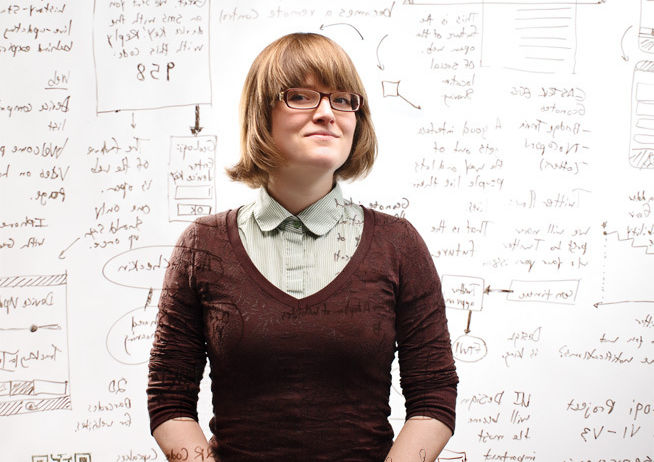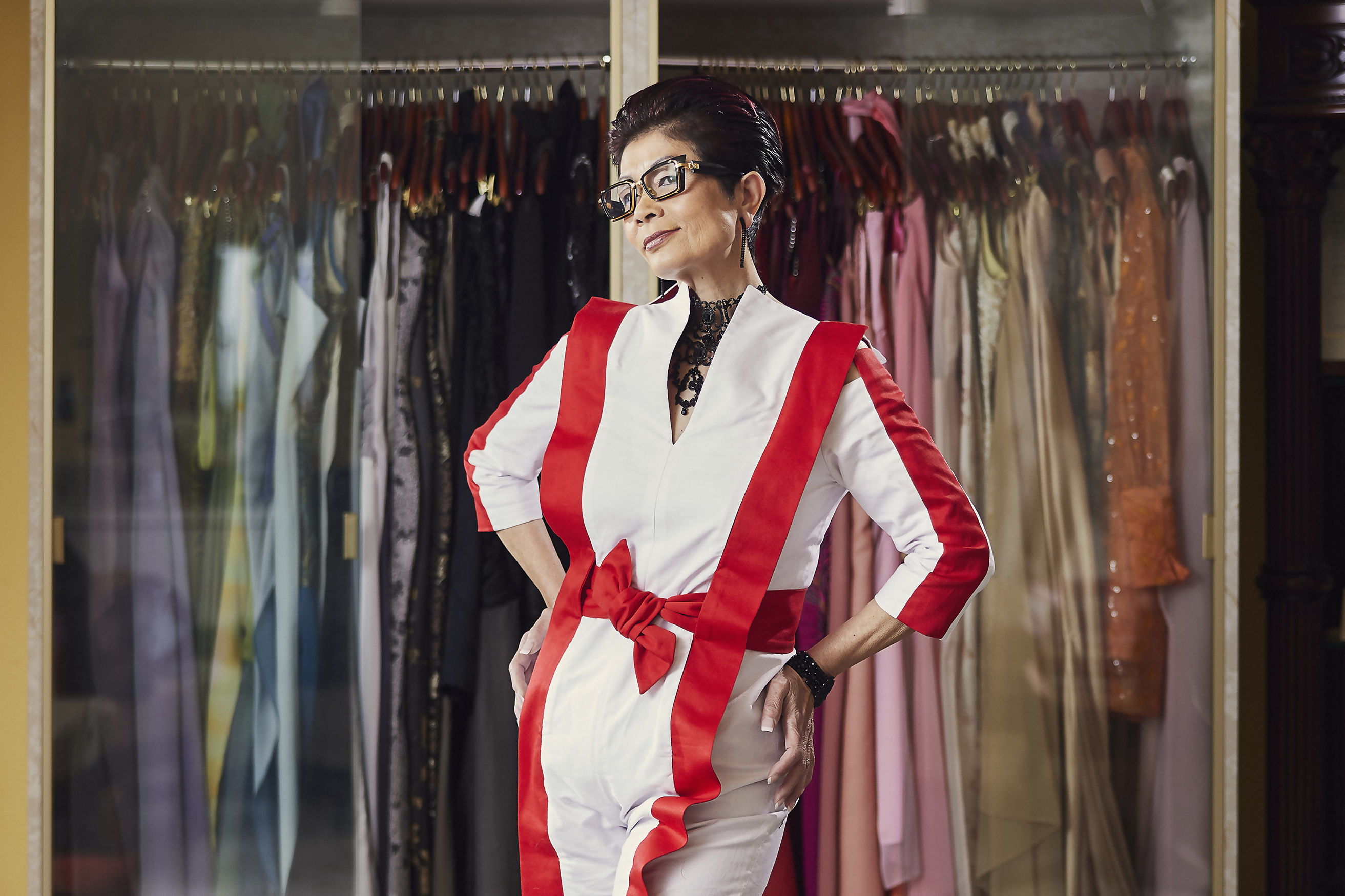The Cyborg

Image: Daniel Root
As the relationship between humans and computers grows closer, cyborg anthropologist Amber Case is busy examining every nuance of this link at her web solutions firm, Hazelnut Consulting, and speaking at high-profile tech conferences across the country. Here, she reflects on the future of technology and how we are all, essentially, cyborgs.
Everyday life revolves around little electronic devices like cell phones. They cry to us, and we have to calm them back to sleep. When they get hungry we have to feed them by plugging them into the wall. Our society is as much produced by these objects as we produce the objects. Cyborg anthropology examines this interaction. It’s a developing field—in the same way that technology is rapidly changing, cyborg anthropologists must be nimble, to understand and study in an objective way how technology affects culture.
A cyborg has organic and nonorganic components that work together in a symbiotic relationship. Everyone is a cyborg. When you use a cell phone, you’re a not “full” cyborg, because the phone isn’t embedded in your body, but you’re a “low-tech cyborg”—the technology is an extension of the hand. A computer and a human work together symbiotically—a human stores things in a computer, and computers wouldn’t survive unless humans kept purchasing them.
A lot of people think they’re bad with computers, when in reality it’s the computer interfaces that are bad. I’m trying to make a better community for software users, helping people to interact with computers, guiding them to information faster. Successful technology should be invisible and let people live their lives.
When I was 4 or 5, my dad sat me down and asked me what the shortest distance between two points was. I said, “Oh, a line.” He took a piece of paper, drew point A and point B, folded it over, and said, “No, the shortest distance is a wormhole.” He explained that if you bend time and space, suddenly point A and point B are right next to each other. That was a really big deal. I was obsessed with physics and science since day one.
I set these crazy goals upon graduating [from Lewis & Clark College] in 2008. I wanted to speak at a major conference by the following September. They gave me 10 minutes to speak at Inverge, an interactive convergence conference in Portland. The other speakers had 40. I figured if I messed up, at least it would only be a 10-minute mistake. So I presented an abbreviated history of technology and social exchange. I was the youngest presenter there—I’m always the youngest. It doesn’t bother me. Speaking at a conference is the easiest way to meet everyone in a room. It’s also a good way to practice communicative techniques and ideas.
The Portland tech community is small. When I first got involved there were maybe 30 core people. They were really smart, stable, and happy. I used anthropological methods to get familiar with the group. I found the “leader” of the group, Rick Turoczy of the blog Silicon Florist—he was a blogger who captured tech news. Then I found the “lead informant,” Bram Pitoyo. He knew everything about everyone in the tech community. The size of the community allows everyone to be an amateur. That’s how everyone learns quickly. It’s such a rich communication channel—a miniature village where everybody can go ask each other for advice.
I didn’t have a television growing up. My parents were broadcast engineers, so they didn’t want to watch TV when they came home. Because I had limited access to modern culture and knowledge, I lived half in the world of 1960, and half in the world of the 1980s. I saw technology as something that grew and changed as a tree might grow. Because I wasn’t immersed in the world of watching television and consuming, I had a lot of time to think.




